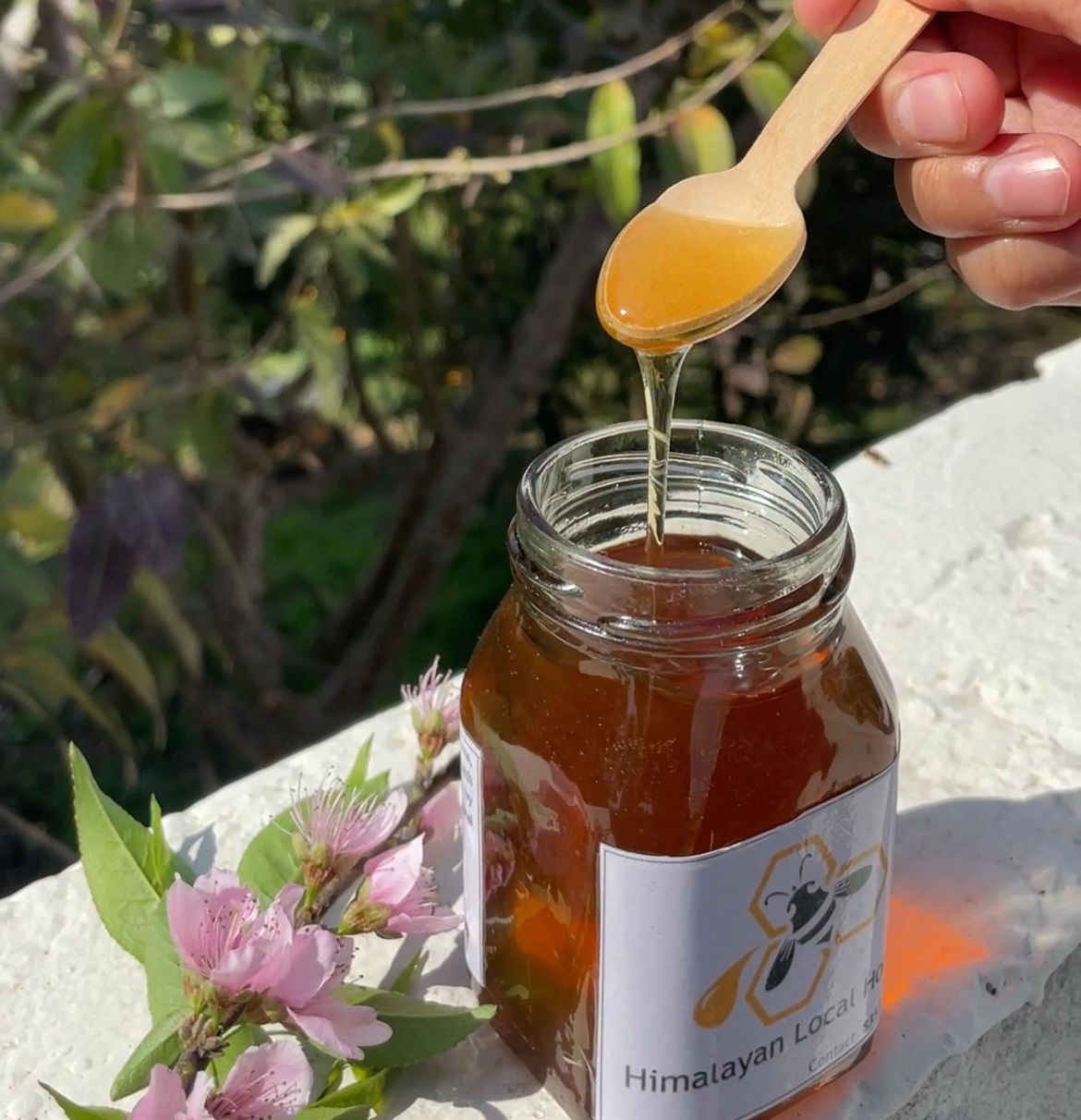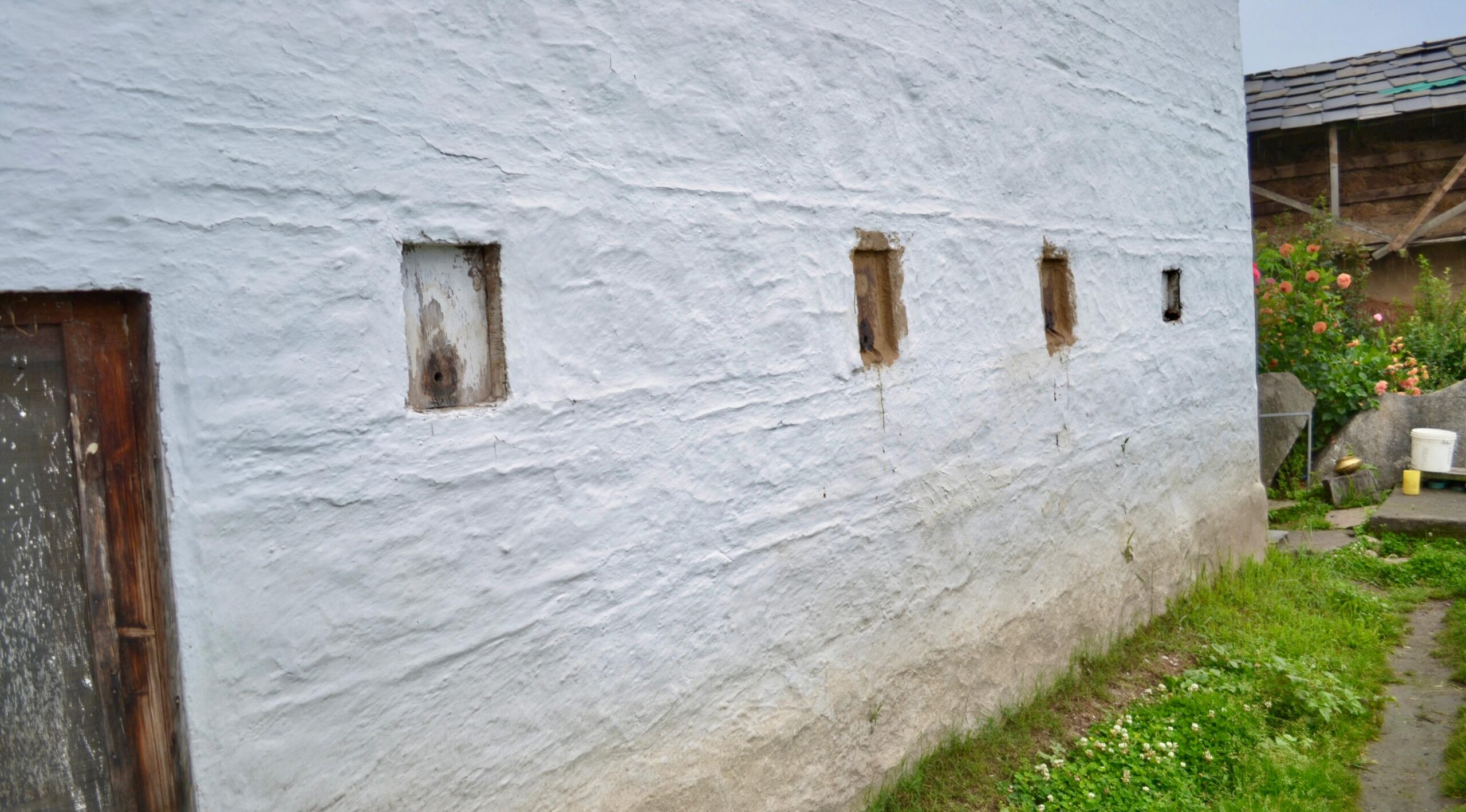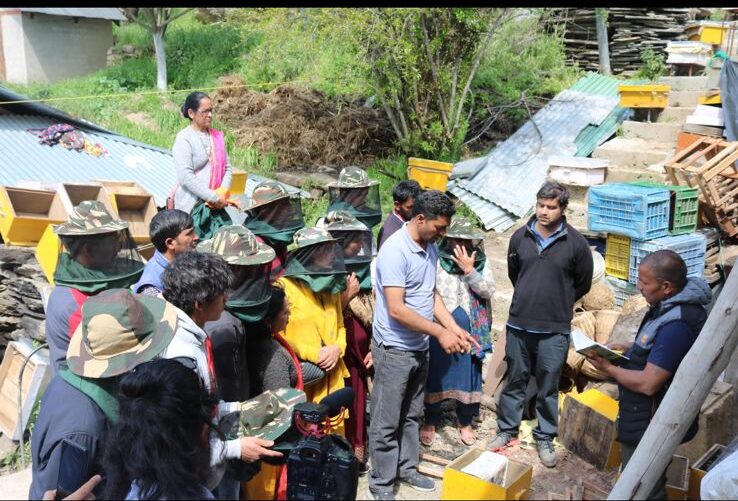Savoring Harmony: Tirthan Valley’s Native Honey, Where Conservation Meets Sweet Success
Savoring Harmony: Tirthan Valley’s Native Honey, Where Conservation Meets Sweet Success





Why native varieties of Bees?


The impact

Why this honey is better?


This approach reflects a deep sense of compassion and a commitment to
sustainability. After all, the overarching goal of this project was to conserve the native
bees of the hills. So, each time you indulge in this honey available at
www.himflavours.com, consider how a project aimed at preserving bees is also
making significant contributions to environmental conservation and the economic
upliftment of the hill communities. So, as you enjoy a spoonful of this golden
goodness, remember the journey it took from hive to jar—a journey of resilience,
cooperation, and the simple joys of life in harmony with nature.

The Wonder Plant of the Himalayas: Seabuckthorn
The Wonder Plant of the Himalayas: Seabuckthorn In the arid regions of Ladakh and Lahaul-Spiti, where few major trees thrive, a remarkable shrub stands out

Debunking Common Myths About Honey
Honey has been cherished for centuries, not just as a sweet treat, but also for its numerous health benefits. Despite its long history and widespread

Are we saving the WRONG BEES ?
For years, conventional wisdom, popular slogans, and ad campaigns have heralded the same message: “we need to save the honeybees”. Products from various categories proudly

Savoring Harmony: Tirthan Valley’s Native Honey, Where Conservation Meets Sweet Success
In the serene mountains of Tirthan Valley in Kullu, a unique practice is yielding results that not only promote environmental conservation but also generate a

Brushstrokes of Heritage: Navigating the Enchanting World of Kangra Paintings
यथा सुमेरू: प्रवरो नगानां यथाण्डजानां गरुड: प्रधान:I यथा नराणां प्रवर: क्षितीशस्तथा कलानामिह चित्रकल्प” II ४३:३९ II (Viśṇudharamottara Puraṇa) As Sumeru is the best of mountains,

Buddhi Diwali: A Unique Celebration in the Hills
Did you know that certain regions in Himachal Pradesh observe the festival of Diwali not once, but twice a year? Indeed, this unique celebration takes

